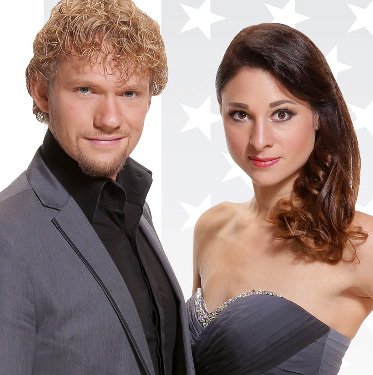Misdirection Lines and Classic Illusion & MagicMisdirection Lines and Classic Illusion & Magic
In the world of theatrical magic, misdirection is an art of deceit that attracts attention of the audience to a certain thing to distract it from another. Controlling attention of the audience is the goal of every theater, and the foremost prerequisite for all magic shows. Whether the magic is of the “pocket trick” variety or the stage is a major production, misdirection is the central element. The term refers to either the effect (the observer’s focus on an unimportant object) or the sleight of hands and patter (the magician’s voice) that creates the illusion.
It’s hard to pinpoint who coined the phrase, however the first reference to misdirection appears in the writing of a renowned writer and illusionist named Nevil Maskelyne: Admittedly, it is a method of distracting the spectator’s senses, in order to screen from detection certain details in which confidentiality is essential. At the same time, the magician, artist and author Tarbell noted, Nearly the whole art of illusion relies on the art of misdirection.
Some magicians who have researched and refined misdirection techniques includes Paul Rosini, Malini, Tommy Wonder, Derren Brown, Juan Tamariz, Tony Slydini, along with Dai Vernon.
Henry Hay describes the central act of conjuring as a manipulation of interest.
Magicians divert attention of the audience in two basic ways. One leads the audience to glance away for a brief moment, so that they don’t detect some sleight or move. Another approach alters the viewers’ perceptions, leading the audience into believing that something else can be a factor in the accomplishment of the feat when it really does not have any bearing on the effect at all. Fitzkee says that the true skill of the magician is the ability of his performance in changing the spectators mind. Sometimes, a prop such as the magic wand can aid in distraction.
In the absence of misdirection, even most adept sleight-ofhand or mechanical device is unlikely to create an illusion of strong magic. Indeed, misdirection is the key of nearly all compelling magic.
Misdirection uses the limits of the human mind to create a false picture and memory. The mind of a typical person in the audience can only concentrate on one thing at the time. The magician makes use of this to influence the perceptions or ideas of the audience of sensory inputwhich leads them to incorrect conclusion.
A few magicians have debated over the usage of the term, misdirection, creating a great deal of discussion regarding what it is and how it operates. The superb magician Jon Finch made a distinction between direction and misdirection. The first is a negative phraseas opposed to the other, positive. In the end, he sees the two as one thing. If a performer, through some means, has directed the mind of his viewers to believe that he’s done something he hasn’t done, he has wrongly directed them into this beliefand, consequently, misdirection.
Tommy Wonder has pointed that it’s more effective, from the magician’s point of viewin focusing on the positive aim of directing the attention of the audience. He states that misdirection is an untrue direction. It suggests that attention is directed away towards something. Through constant use of this phrasethe idea eventually becomes embedded in our minds that we may begin to see misdirection as taking attention away from rather than towards something.
Tony Slydini said that if the magician believes it, the audience will believe in it, and the magic they can’t perceive. The trick is to believe what the magician does and follow the magician. read more info about misdirection here

